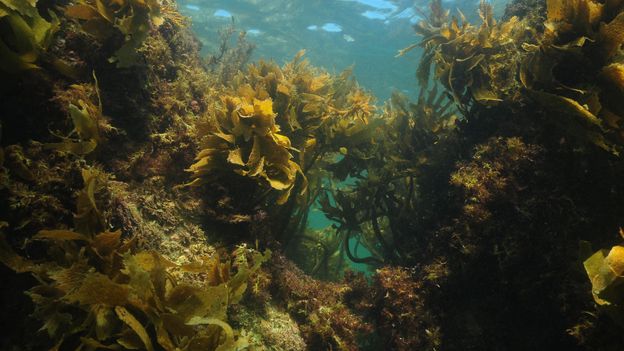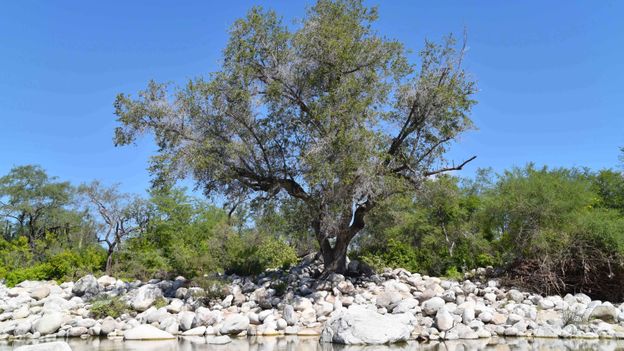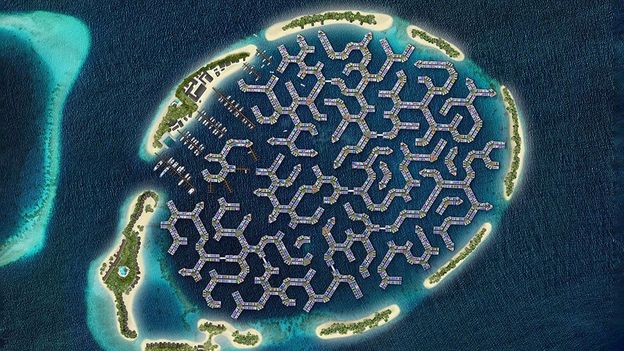But these natural carbon sinks are also under threat from climate change. As carbon dioxide levels rise in the atmosphere, more of the gas is dissolved into the oceans, making it more acidic. Along with warmer oceans, this is already having a devastating impact on coral reefs and seaweed ecosystems.
In Tasmania alone, rising ocean temperatures and acidification have wiped out 95% of kelp seaweed forests over the past 80 years, destroying bountiful marine habitats and decimating fisheries. The warmer waters provide perfect breeding conditions for sea urchins, which have devoured the underwater forests.
“It can be quite catastrophic, like in the case of disappearing kelp forests. It’s so dramatic. It’s like going from a rainforest to Moonbase Alpha,” says Winberg.
As well as taking carbon out of the atmosphere, seaweeds also help rehabilitate their immediate environment by lowering the acidity levels around them, according to a 2018 study by ecologists Nyssa Silbiger and Cascade Sorte at the University of California, Irvine. “If you have more seaweeds taking up more carbon dioxide than what is produced, you actually offset acidification and return [the ecosystem] to the state life can persist in,” says Winberg.
By raising pH levels in the ocean, seaweeds also improve growing conditions for shellfish such as oysters and mussels, whose shells become more brittle in acidic environments, explains Halley Froelich, a marine scientist at the University of Santa Barbara. “If you throw seaweed next to oysters, it creates somewhat of a halo effect,” says Froelich. “It can provide a localised buffer.”












